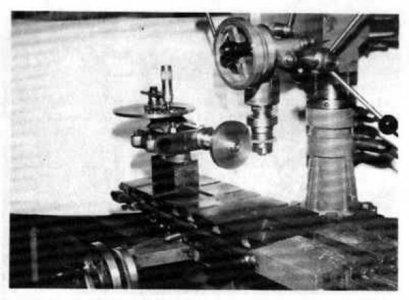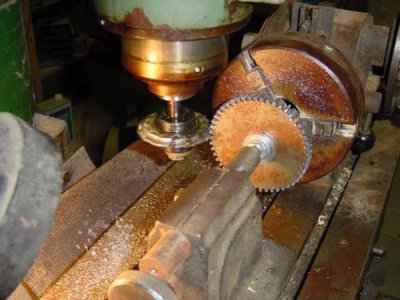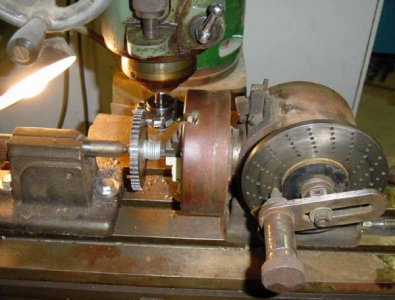I get to work with CNC machines and manual lathes, but I never get to set them up. Much less know how to. I was thinking I could get a small mill and small lathe from Grizzly or similar and make some rc car parts. I was thinking it would be cool if I could make my own transmission for a rc car. But I have no idea how to make gears or what hardware/tools are needed.
So, what kind of hardware and tools would I need to manually make gears? The gears will probably all be under 3" diameter. I'm also looking for a cheap and not too hard method and can be done using a manual mill and lathe.
I have found that a dividing head is a way to make gears? Ebay cheapies are $300 and I'm not sure if they would fit on a small manual mill that I would like to get. (one of Grizzly starting lineup) I don't have too much garage space or $$.
Thanks,
Awaqa909
So, what kind of hardware and tools would I need to manually make gears? The gears will probably all be under 3" diameter. I'm also looking for a cheap and not too hard method and can be done using a manual mill and lathe.
I have found that a dividing head is a way to make gears? Ebay cheapies are $300 and I'm not sure if they would fit on a small manual mill that I would like to get. (one of Grizzly starting lineup) I don't have too much garage space or $$.
Thanks,
Awaqa909



